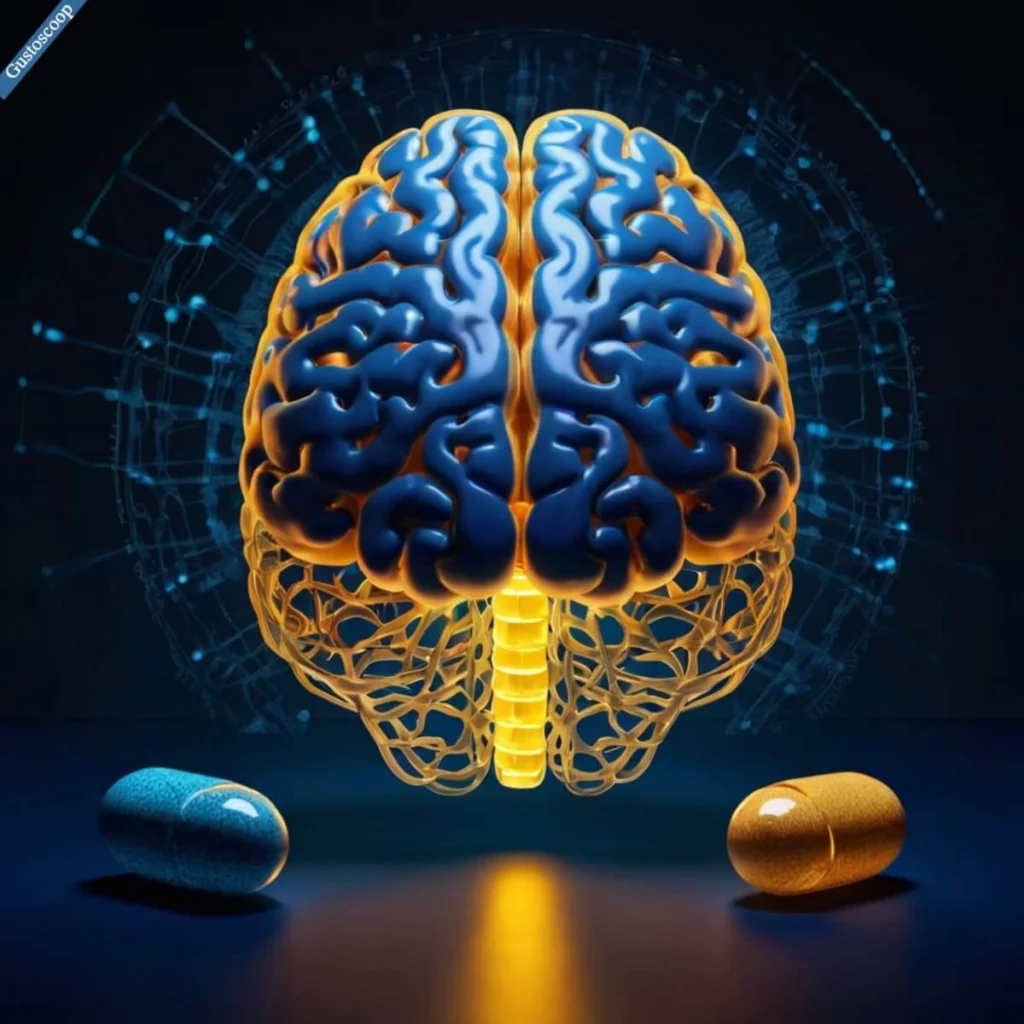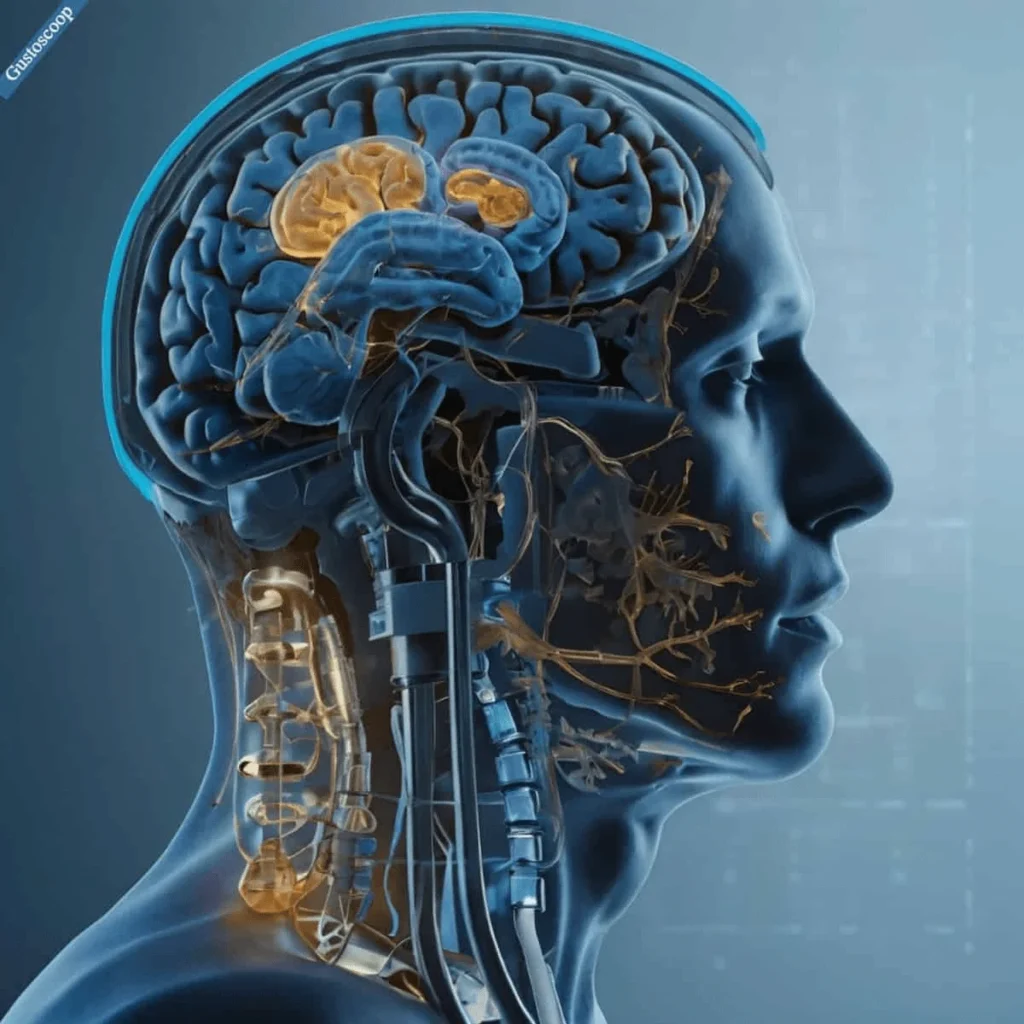Introduction
• Depression is a widespread mental health issue that affects millions globally, yet many of its subtle signs remain hidden in plain sight. Recognizing “depression symptoms” isn’t as straightforward as simply feeling sad—there’s a complex interplay of emotional, physical, and behavioral signals that often go unnoticed. In today’s fast-paced world, understanding these silent warnings is critical not only for early intervention but also for reducing stigma and encouraging help-seeking behavior. What if the warning signs are quietly lurking beneath our everyday experiences? This article delves into the overlooked symptoms of depression, combining in-depth scientific data, expert advice, and real-life case studies to reveal the full spectrum of this condition. Get ready to explore a topic that could change the way you view mental health forever.
Section 1: Understanding Depression: A Brief Overview
• Depression is far more than just a bout of sadness or a temporary mood swing. It is a complex, clinical condition that can significantly disrupt a person’s life. Unlike ordinary feelings of gloom that everyone experiences, clinical depression is persistent, often lasting weeks or even months, and it affects every aspect of an individual’s well-being. Recent statistics from the World Health Organization suggest that over 264 million people worldwide suffer from depression, underscoring its status as a global health crisis. Researchers from the American Psychiatric Association (APA) have long distinguished clinical depression from everyday emotional fluctuations by identifying its profound impact on daily functioning, relationships, and physical health. Scientific studies have linked depression to various neurochemical imbalances and genetic predispositions, emphasizing that its roots are both biological and environmental. This overview provides a crucial foundation for understanding how subtle, yet dangerous, symptoms might be easily overlooked.
Section 2: The Nine Key Symptoms of Depression
• Identifying depression involves recognizing a spectrum of symptoms that extend beyond the expected feelings of sadness. Experts have outlined nine key symptoms: persistent low mood, loss of interest or pleasure in activities, significant weight or appetite changes, sleep disturbances, fatigue or loss of energy, feelings of worthlessness or excessive guilt, difficulty concentrating, psychomotor agitation or retardation, and recurrent thoughts of death or suicide. For instance, a case study published in the Journal of Clinical Psychiatry highlighted an individual whose chronic fatigue and withdrawal from social life were misinterpreted as mere laziness, when in fact they were red flags for depression. Real-life examples abound: consider the young professional who, despite a bustling career, finds daily tasks overwhelming and isolating. By mapping out these nine symptoms with detailed examples and expert quotes, the discussion transforms abstract clinical criteria into tangible warning signs that readers can relate to, thereby emphasizing the urgency of early recognition and intervention.
Section 3: Physical Manifestations: Recognizing the Body’s Silent Cries
• Depression does not confine its effects to the mind alone; it often manifests in the body as well. Common physical symptoms include chronic pain, headaches, gastrointestinal disturbances, and significant changes in sleep patterns and appetite. Recent research from the National Institutes of Health (NIH) has shown a strong correlation between these physical manifestations and underlying depression, suggesting that the body often “cries out” when the mind is in distress. A mini-case study involving a middle-aged individual revealed that unexplained chronic back pain, which persisted despite various treatments, was eventually linked to undiagnosed depression. This evidence underscores that physical symptoms can serve as silent warnings, masking the deeper emotional turmoil within. By understanding these bodily signals, individuals and healthcare providers can better differentiate between physical ailments and potential depression symptoms, ensuring a more holistic approach to diagnosis and treatment.
Section 4: Behavioral Patterns: What Does a Depressive Behavior Look Like?
• Beyond physical and emotional symptoms, depression significantly alters behavior. Common behavioral indicators include social withdrawal, irritability, and a marked decrease in daily productivity. Experts note that individuals with depression often retreat from activities they once enjoyed, preferring isolation over engagement. For example, a testimonial from a mental health professional described a patient who increasingly avoided family gatherings and work meetings, citing an overwhelming sense of disinterest and fatigue. This shift in behavior not only affects personal relationships but also diminishes overall quality of life. When loved ones notice these changes, they may initially dismiss them as temporary moods or stress responses. However, these behavioral patterns are critical markers of depression. By recognizing and addressing these changes early, it becomes possible to intervene before the condition worsens, transforming everyday behavior into an essential tool for early detection and timely treatment.

Section 5: Types of Depression: Exploring the 5 Main Variants
• Depression is not a one-size-fits-all condition. Experts categorize it into five main types: major depressive disorder, persistent depressive disorder (dysthymia), seasonal affective disorder (SAD), postpartum depression, and atypical depression. Each type presents with its own set of nuances. For instance, major depressive disorder is characterized by severe symptoms that disrupt daily functioning, while persistent depressive disorder may involve milder yet chronic depressive states. Seasonal affective disorder, on the other hand, typically emerges during the darker months of the year, linked to reduced sunlight exposure. Postpartum depression affects new mothers, often going unnoticed due to societal expectations of joy in parenthood, and atypical depression is marked by mood reactivity and increased appetite. A comparison chart can be especially useful here, highlighting differences in symptom severity, duration, and triggers. This detailed breakdown helps demystify the condition for readers, encouraging them to consider that depression can manifest in various forms and that understanding these differences is key to effective diagnosis and treatment.

Section 6: Treatments for Depression: From Medication to Therapy
• Once depression is identified, a wide range of treatment options is available, each tailored to the individual’s specific needs. Traditional treatments include psychotherapy and medications such as antidepressants, which aim to rebalance the brain’s neurochemistry. Cognitive Behavioral Therapy (CBT) is particularly effective, helping patients recognize and alter negative thought patterns. Moreover, lifestyle changes—such as regular exercise, a balanced diet, and improved sleep hygiene—play a crucial role in managing symptoms. Recent studies published in The Lancet Psychiatry have demonstrated the efficacy of combined treatment approaches, where medication and therapy work in tandem to offer more sustained relief. Alternative treatments, including mindfulness practices and even transcranial magnetic stimulation (TMS), are gaining traction among mental health professionals. Expert advice often emphasizes the importance of a personalized treatment plan, as each person’s experience with depression is unique. By reviewing case studies and recent clinical trials, the article illustrates that while treatment is not one-size-fits-all, there is always hope for recovery and improved quality of life.

Section 7: How Is Depression Diagnosed? Tests and Evaluations Explained
• Diagnosing depression involves a combination of clinical interviews and standardized screening tools. One commonly used instrument is the Patient Health Questionnaire-9 (PHQ-9), a self-administered diagnostic tool that helps measure the severity of depression based on a series of questions about mood, energy levels, and concentration. During a typical evaluation, a healthcare provider will assess both the emotional and physical symptoms reported by the patient. In many cases, the diagnosis is made after ruling out other medical conditions that could cause similar symptoms. The diagnostic process may also include blood tests or neuroimaging studies to exclude underlying physical health issues. Expert practitioners advise that early diagnosis is critical, as prompt treatment can prevent the progression of the condition. By following a step-by-step process that includes both subjective patient experiences and objective diagnostic criteria, healthcare providers can accurately determine the presence and severity of depression. This approach not only improves treatment outcomes but also helps in tailoring interventions that address each individual’s unique symptoms.

Section 8: The Enigma of Unexplained Depression: When No Clear Cause Is Found
• Sometimes, depression strikes without an obvious trigger, leaving both patients and clinicians puzzled. This unexplained form of depression challenges the conventional understanding of the condition, as there may be no significant life event or environmental stressor that can account for the symptoms. In these cases, a deeper exploration into genetic, neurochemical, and environmental factors is necessary. Recent scientific findings suggest that even in the absence of external causes, subtle imbalances in brain chemistry—potentially inherited from family members—can predispose individuals to depression. Additionally, factors such as chronic low-level inflammation or even disruptions in the gut-brain axis have been implicated in the development of depressive symptoms. A case study involving a patient with no clear external triggers revealed that advanced genetic testing and neuroimaging helped uncover underlying biological vulnerabilities. By delving into these biopsychosocial factors, researchers and clinicians are gaining a better understanding of why depression can sometimes emerge seemingly out of nowhere, highlighting the complexity of its etiology and the need for a comprehensive approach to treatment.
Section 9: The Most Severe Forms: Identifying the Worst Manifestations of Depression
• In some instances, depression can escalate into its most severe form, characterized by treatment-resistant symptoms and an urgent need for intervention. Severe depression often involves a relentless cycle of despair, where standard treatments fail to provide adequate relief. Warning signs of this extreme state include overwhelming feelings of hopelessness, a complete withdrawal from social interactions, and persistent suicidal ideation. Case examples from clinical practice underscore the importance of recognizing these red flags early. For instance, one patient, after multiple rounds of conventional treatment, was found to require a more aggressive approach, including electroconvulsive therapy (ECT) and intensive psychotherapy. Mental health experts emphasize that severe depression is a medical emergency that demands immediate and comprehensive care. The goal is not only to alleviate the current crisis but also to establish a long-term management plan that can prevent future relapses. This section underscores the need for vigilance in recognizing the worst manifestations of depression, urging readers to take prompt action if any of these severe symptoms are observed.

Conclusion
• Depression is a multifaceted condition that silently weaves through both our minds and bodies. By understanding the full range of “depression symptoms”—from subtle emotional cues to overt physical manifestations and behavioral shifts—we empower ourselves to recognize early warning signs and seek help. This article has explored in-depth scientific research, recent statistics, and expert advice, illustrating that while depression may sometimes appear mysterious, its symptoms provide crucial clues. Whether you or someone you care about is experiencing these silent warnings, remember that professional help is within reach. Early diagnosis and personalized treatment can pave the way to recovery, restoring hope and quality of life. Stay informed, stay vigilant, and never hesitate to reach out for support when these signs emerge.

